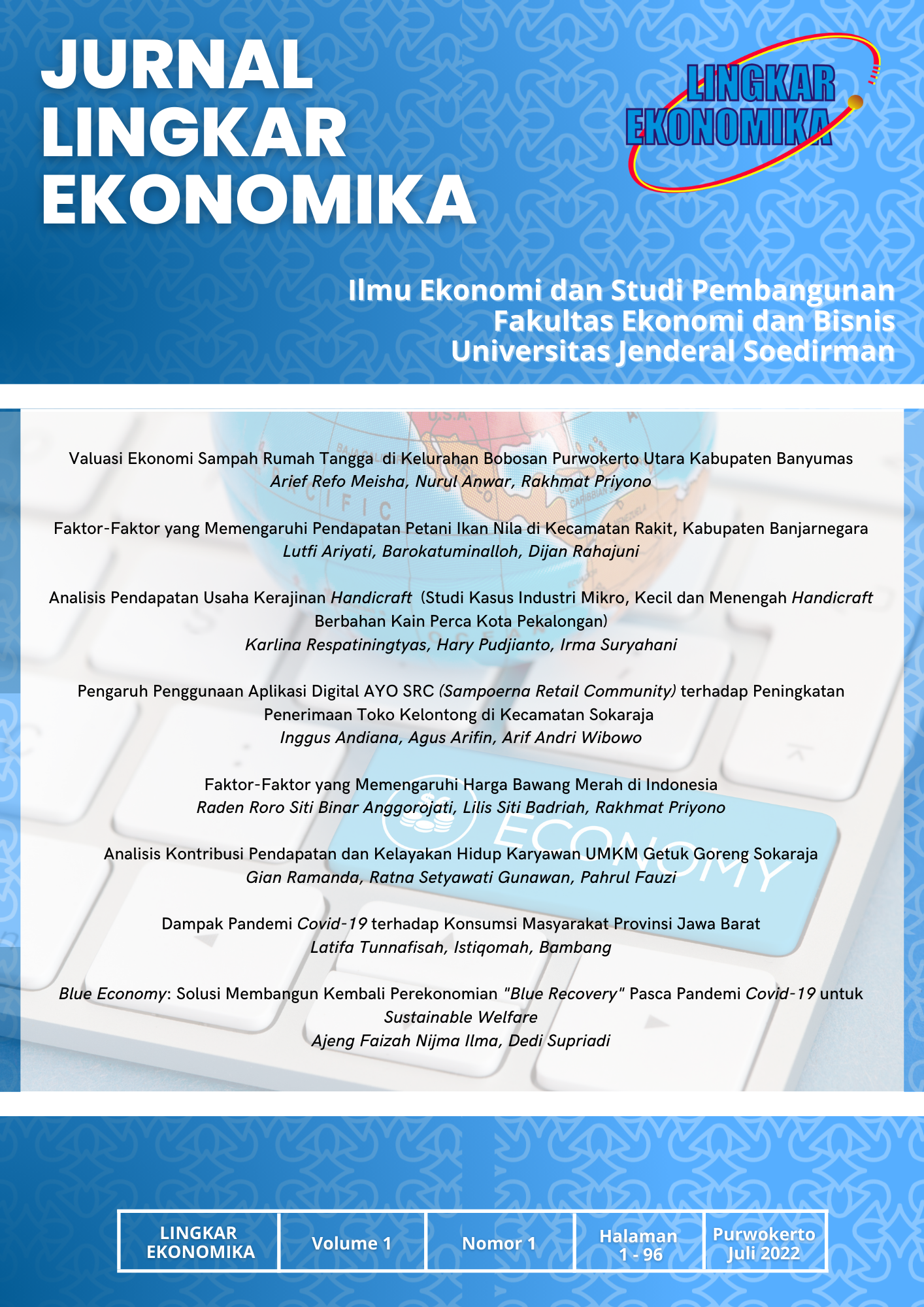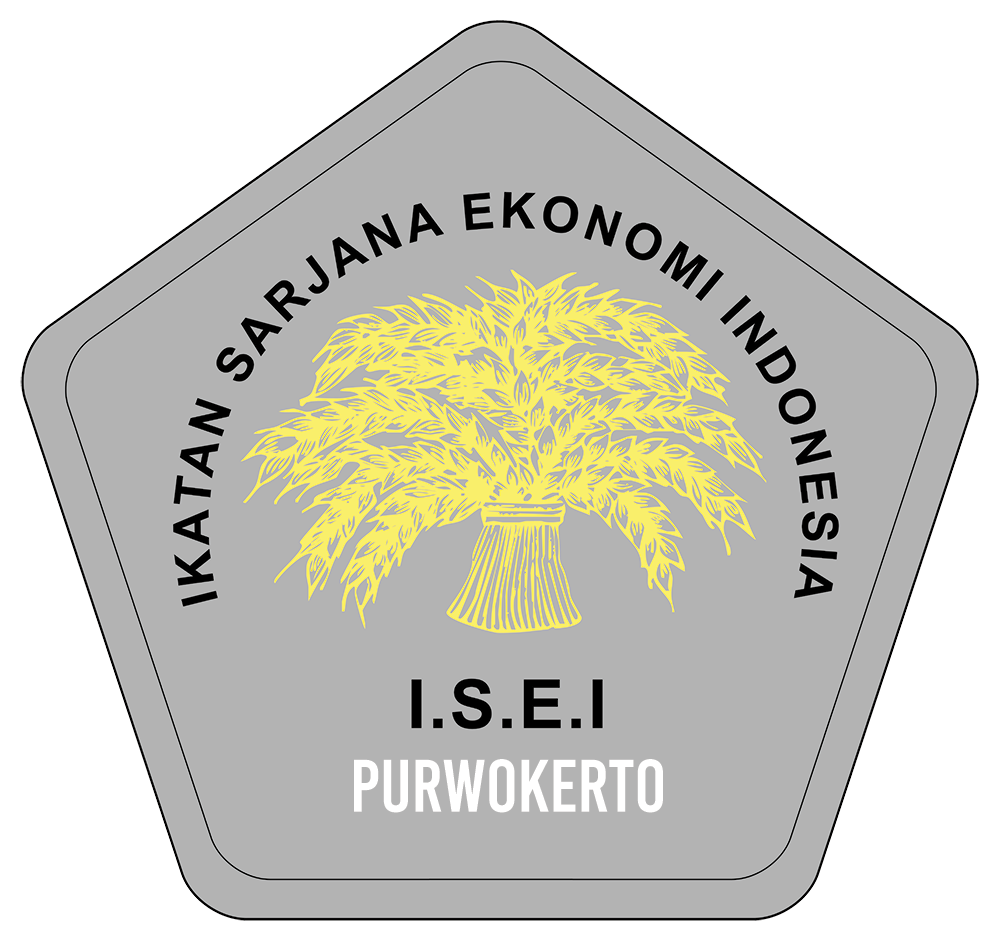Analisis Pendapatan Usaha Kerajinan Handicraft (Studi Kasus Industri Mikro, Kecil Dan Menengah Handicraft Berbahan Kain Perca Kota Pekalongan)
Abstract
The purpose of this study was to analyze income, the effect of capital, labor, working hours, and technology on production and to analyze production efficiency in micro, small and medium-sized industries of patchwork in Pekalongan City. The sample used in this study were 34 entrepreneurs. Research data collection techniques using interviews and questionnaires. For the data analysis technique using the Cobb-Douglas stochastic frontier production function analysis with the OLS (Ordinary Least Square) method using STATA 13 software. The results showed that the independent variables that had a significant effect on the production of patchwork crafts in Pekalongan City were capital, and working hours. Meanwhile, labor and technology statistically have no effect on production. The results of the analysis of technical efficiency estimates indicate that the input factor for patchwork production has an average technical efficiency value of 68.5 percent, meaning that this craft business has not yet achieved technical efficiency. While the results of the allocative efficiency analysis show that the use of capital and working hours is inefficient because the value of marginal product greater than 1, so as to achieve efficiency in the use of capital and working hours need to be increased, while labor and technology are inefficient because the two production inputs have no effect on production. The income of the small and medium-sized patchwork industry in Pekalongan City is IDR 103,638,854 with an average respondent of IDR 3,0482,202 per month.











